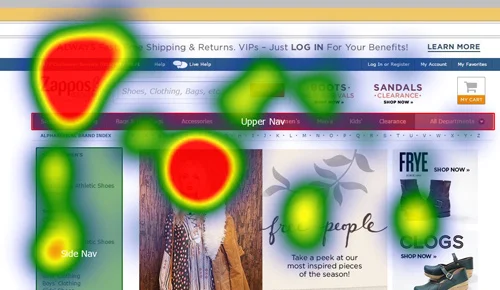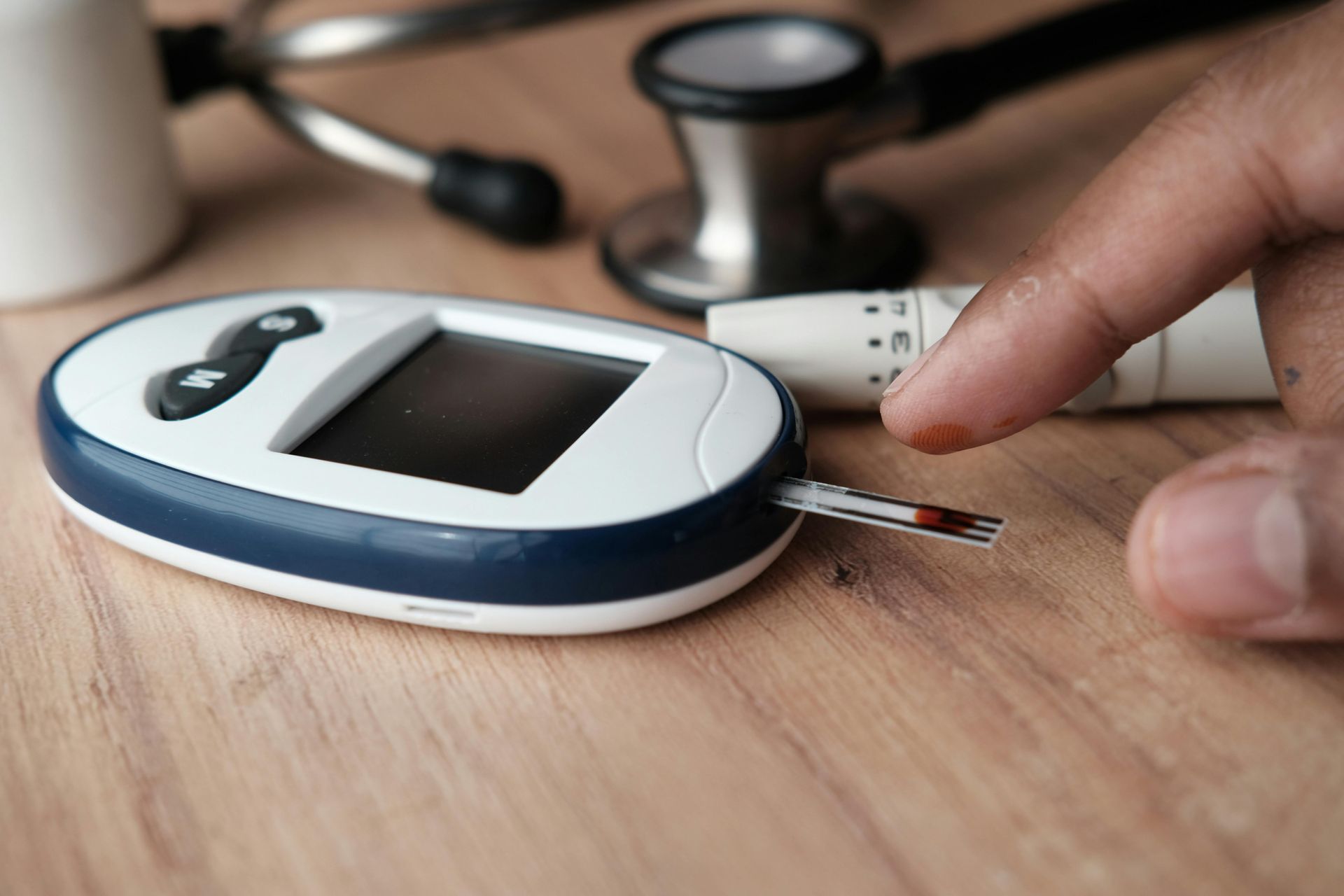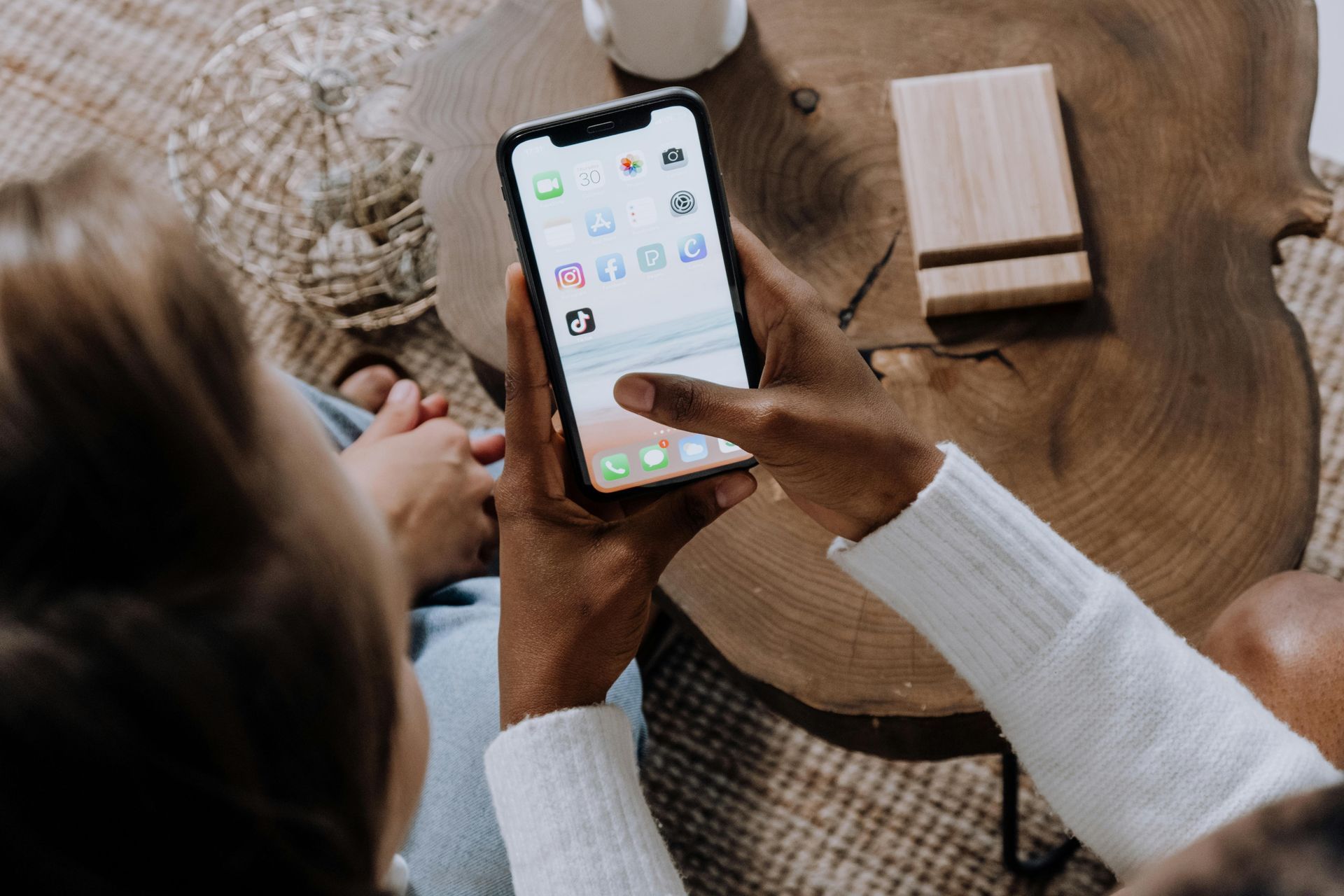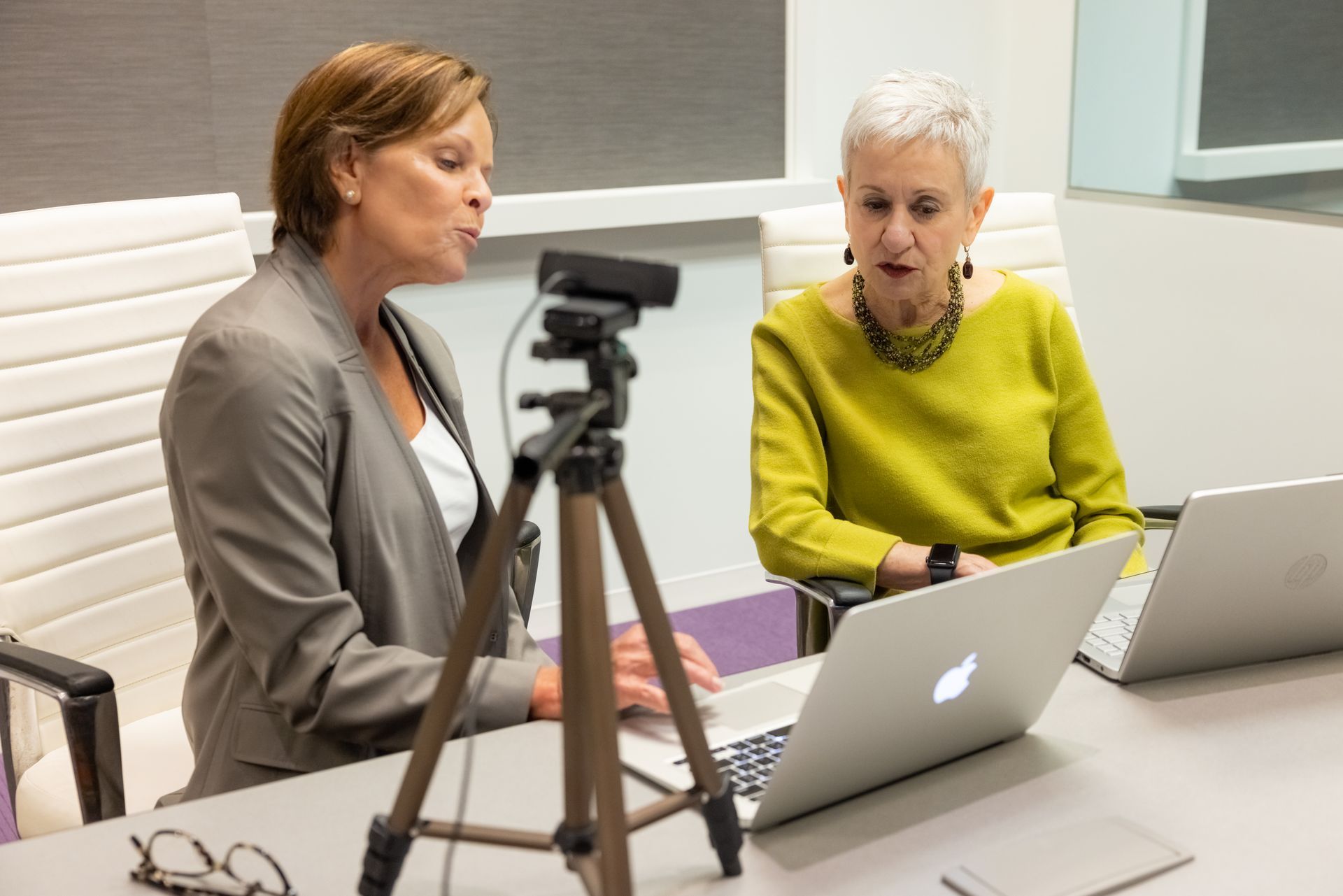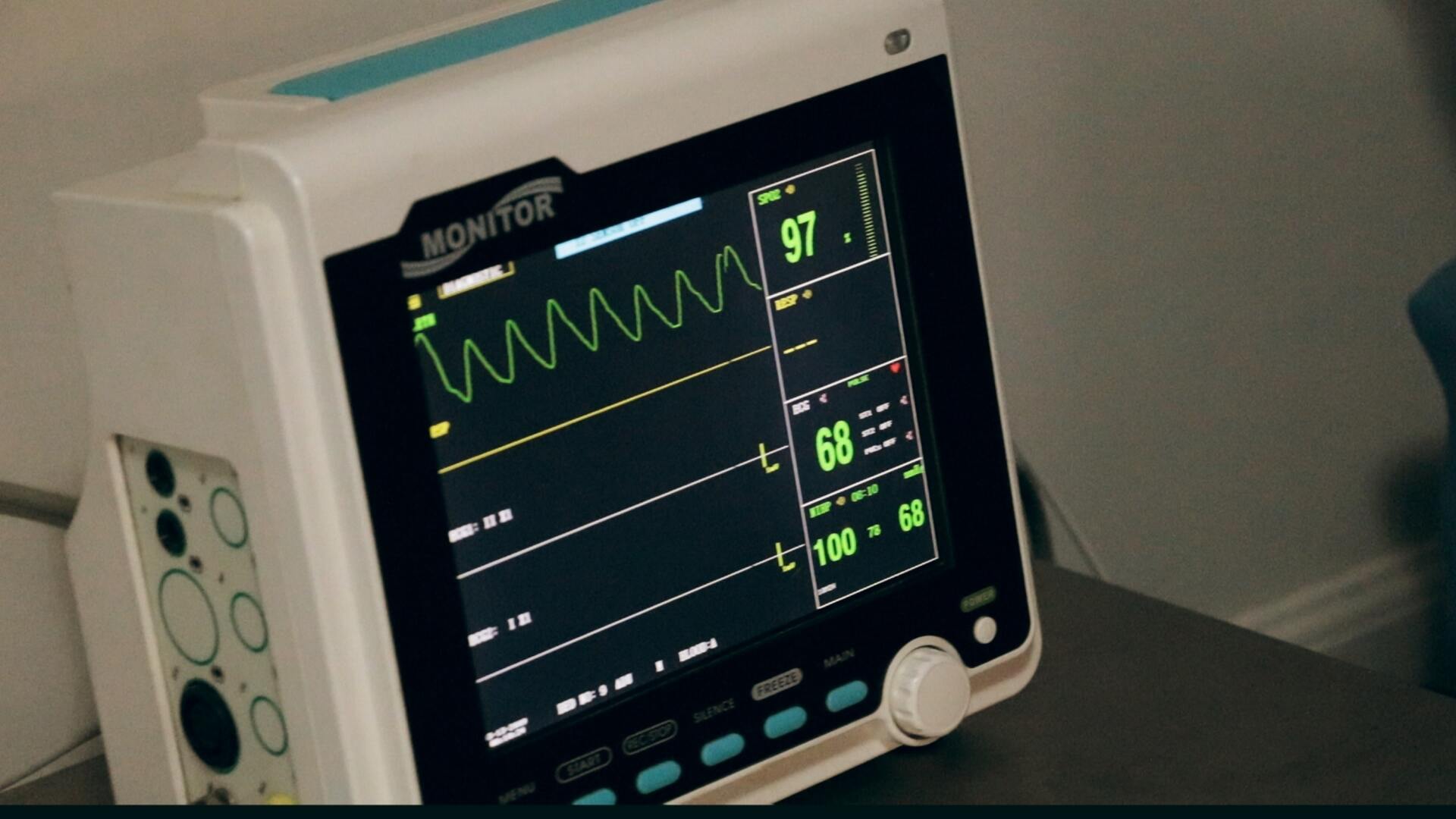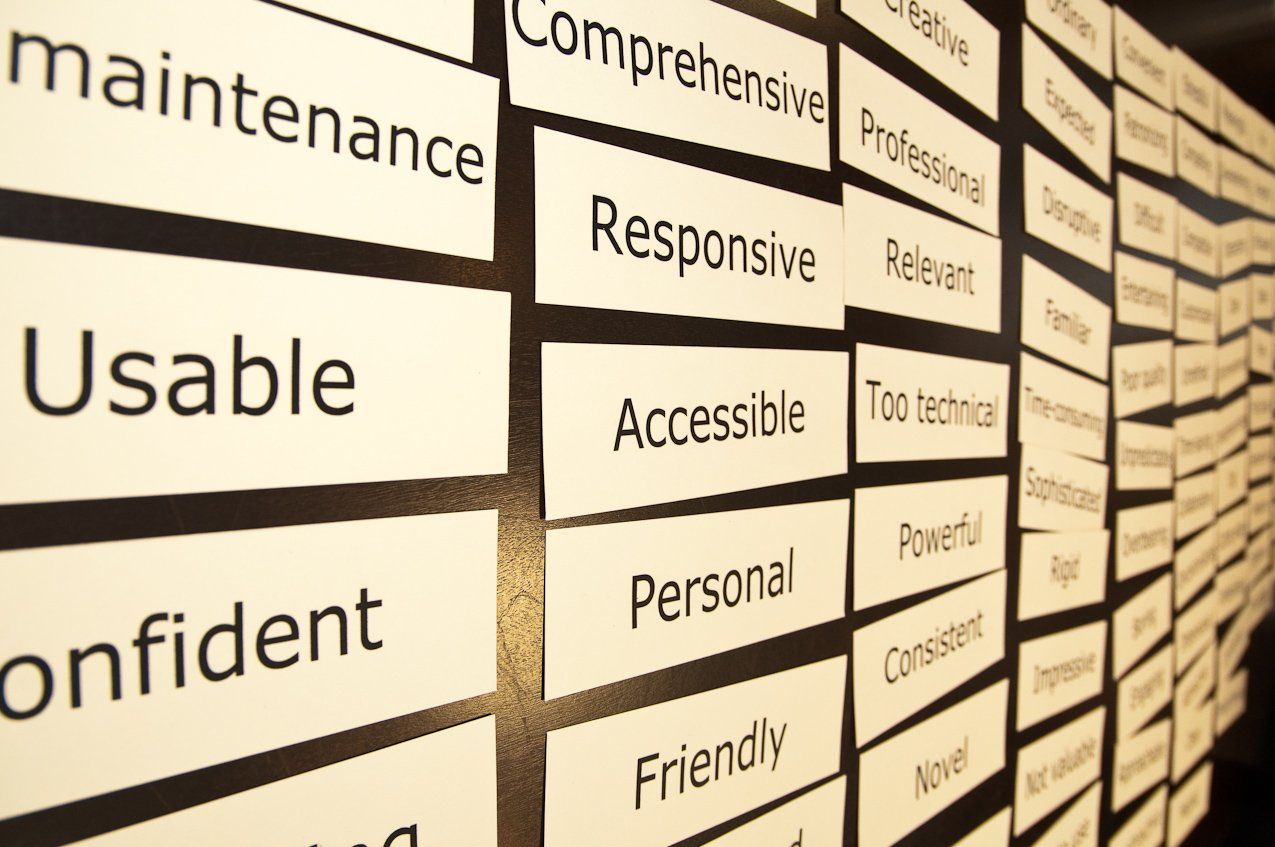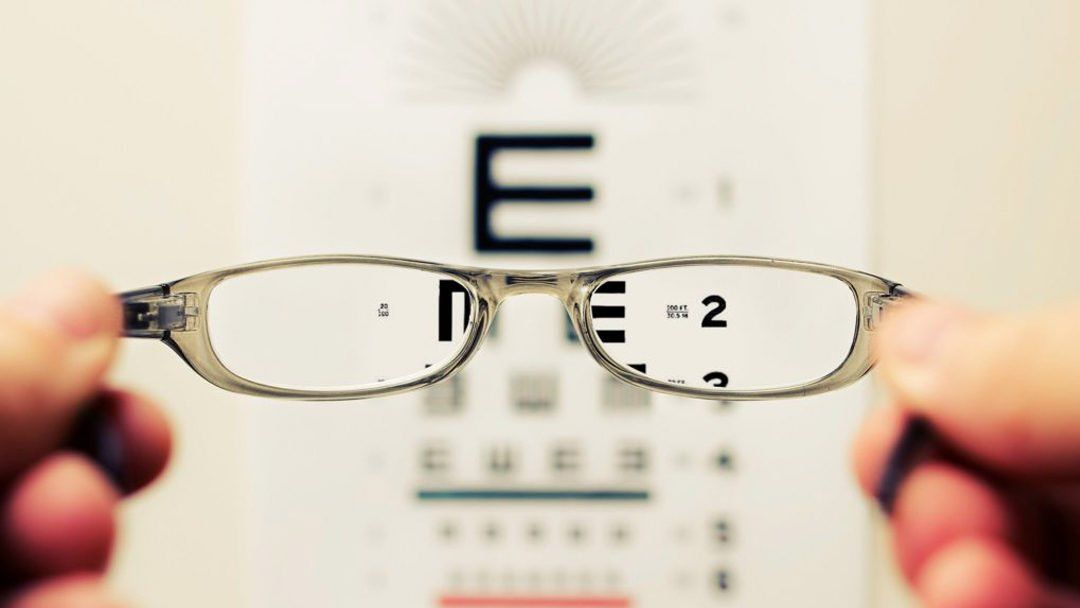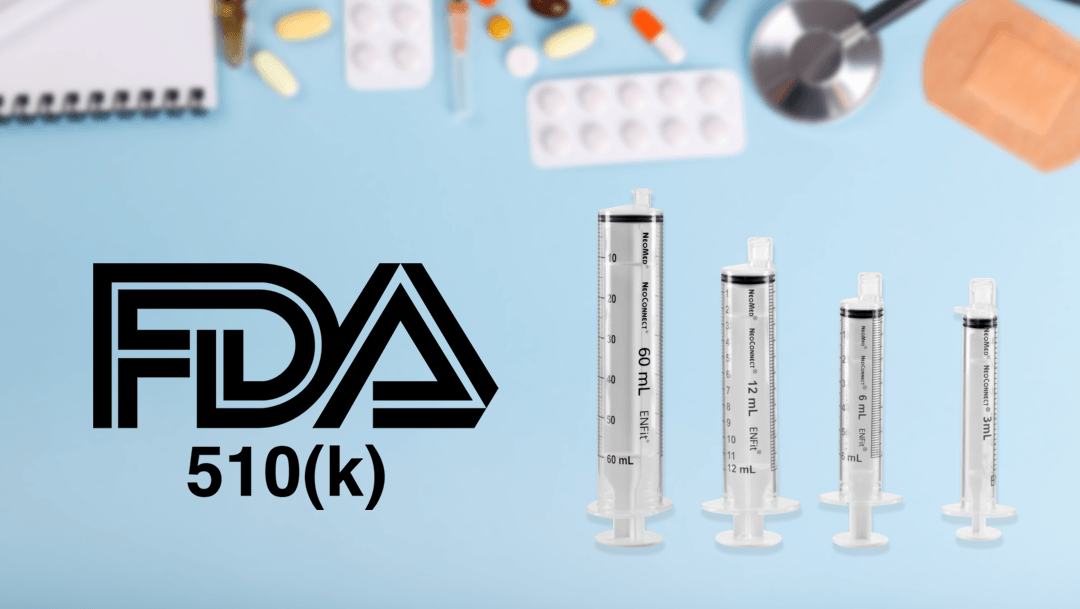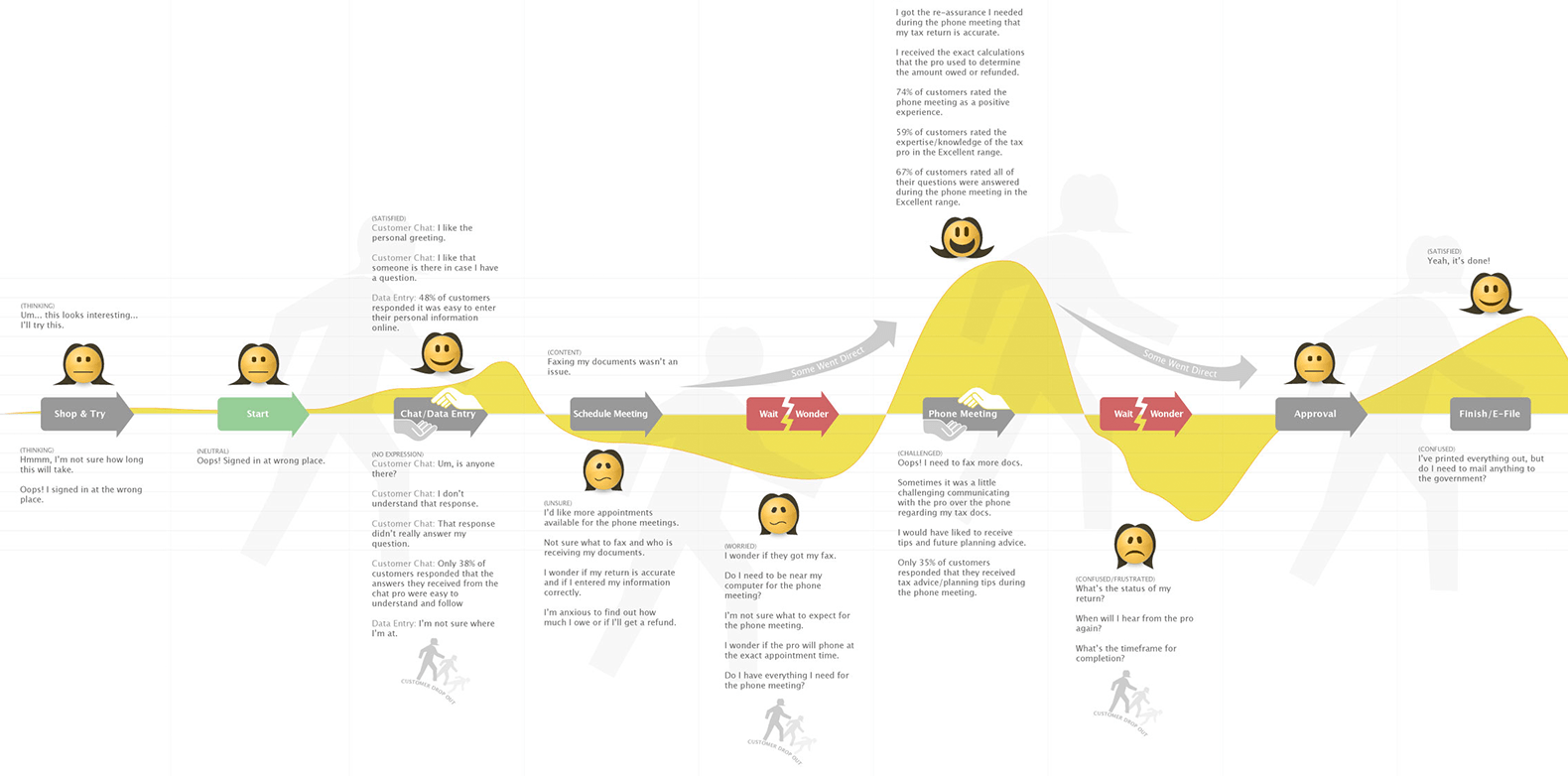UX Blog
Timely insights on UX topics of interest

Navigating the regulatory landscape of medical devices can be a challenging endeavor. For companies aiming to bring innovative solutions to market, meeting FDA regulatory requirements is a critical milestone. But as anyone in the industry knows, even a minor misstep can lead to delays, increased costs, or even product rejection. One of the most effective ways to avoid these setbacks? Incorporate usability testing into your development process. Usability testing not only ensures that your device meets user needs but also helps identify and mitigate risks that could raise red flags during FDA reviews. Here’s why usability testing is essential and how it can safeguard your path to approval.

